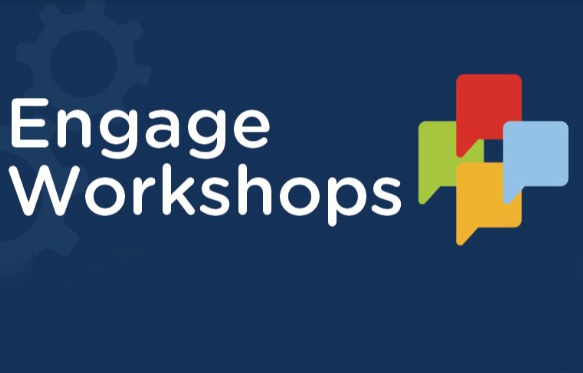By Marian Wang, Beckie Supiano, Andrea Fuller
More than a decade after Aurora Almendral first set foot on her dream college campus, she and her mother still shoulder the cost of that choice.
Almendral had been accepted to New York University in 1998, but even after adding up scholarships, grants, and the max she could take out in federal student loans, the private university — among nation’s costliest — still seemed out of reach. One program filled the gap: Aurora’s mother, Gemma Nemenzo, was eligible for a different federal loan meant to help parents finance their children’s college costs. Despite her mother’s modest income at the time — about $25,000 a year as a freelance writer, she estimates — the government quickly approved her for the loan. There was a simple credit check, but no check of income or whether Nemenzo, a single mom, could afford to repay the loans.
Nemenzo took out $17,000 in federal parent loans for the first two years her daughter attended NYU. But the burden soon became too much. With financial strains mounting, Almendral — who had promised to repay the loans herself —withdrew after her sophomore year. She later finished her degree at the far less expensive Hunter College, part of the public City University of New York, and went on to earn a Fulbright scholarship.
Today, a dozen years on, Nemenzo’s debt not only remains, it’s also nearly doubled with fees and interest to $33,000. Though Almendral is paying on the loans herself, her mother continues to pay the price for loans she couldn’t afford: Falling into delinquency on the loans had damaged her credit, making her ineligible to borrow more when it came time for Aurora’s sister to go to college.
Nemenzo is not alone. As the cost of college has spiraled ever upward and median family income has fallen, the loan program, called Parent Plus, has become indispensable for increasing numbers of parents desperate to make their children’s college plans work. Last year the government disbursed $10.6 billion in Parent Plus loans to just under a million families. Even adjusted for inflation, that’s $6.3 billion more than it disbursed back in 2000, and to nearly twice as many borrowers.
A joint examination by ProPublica and The Chronicle of Higher Education has found that Plus loans can sometimes hurt the very families they are intended to help: The loans are both remarkably easy to get and nearly impossible to get out from under for families who’ve overreached. When a parent applies for a Plus loan, the government checks credit history, but it doesn’t assess whether the borrower has the ability to repay the loan. It doesn’t check income. It doesn’t check employment status. It doesn’t check how much other debt — like a mortgage, or other student-loan debt — the borrower is already on the hook for.
More>>


